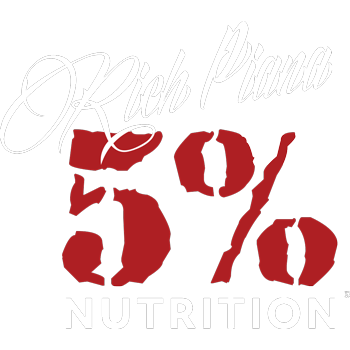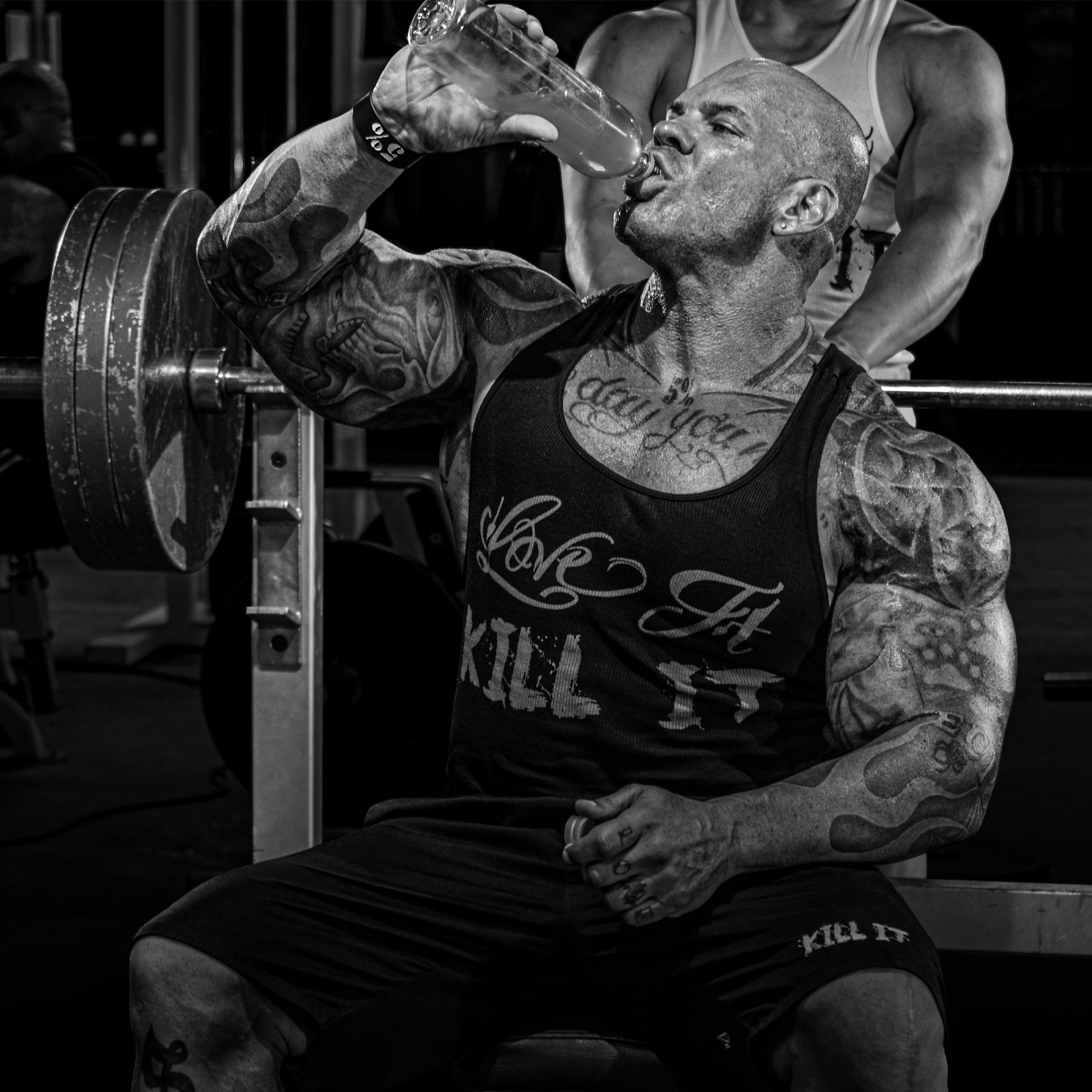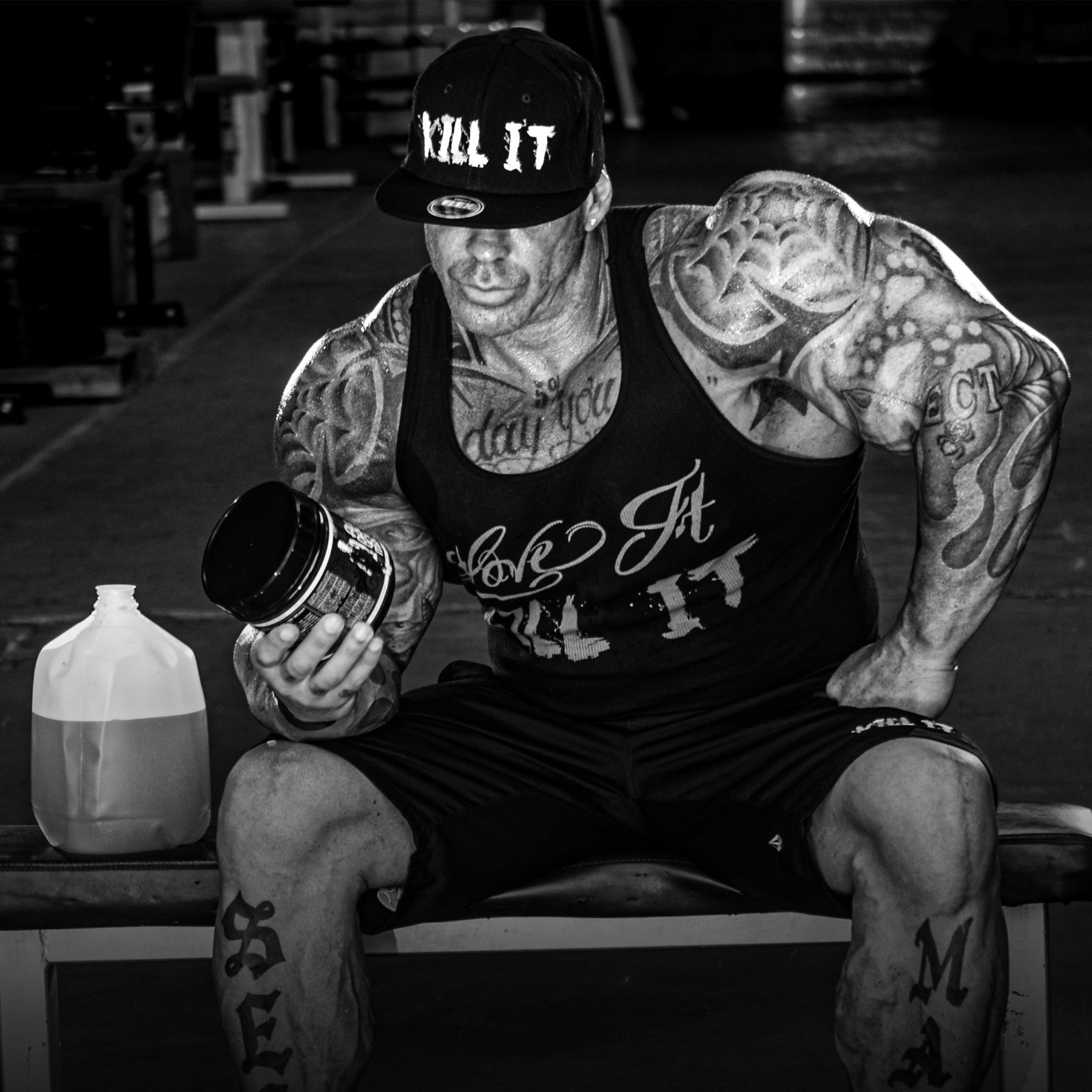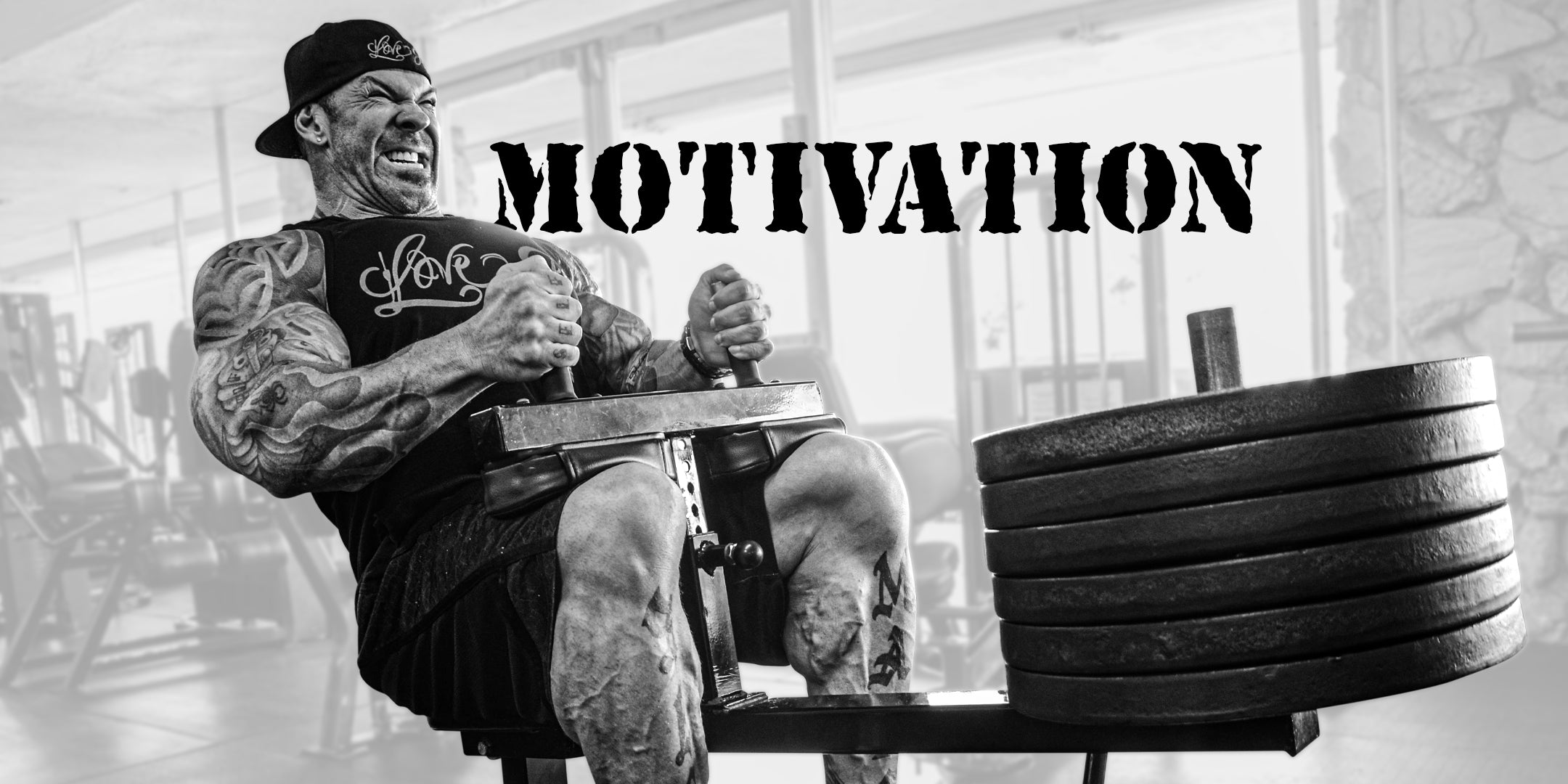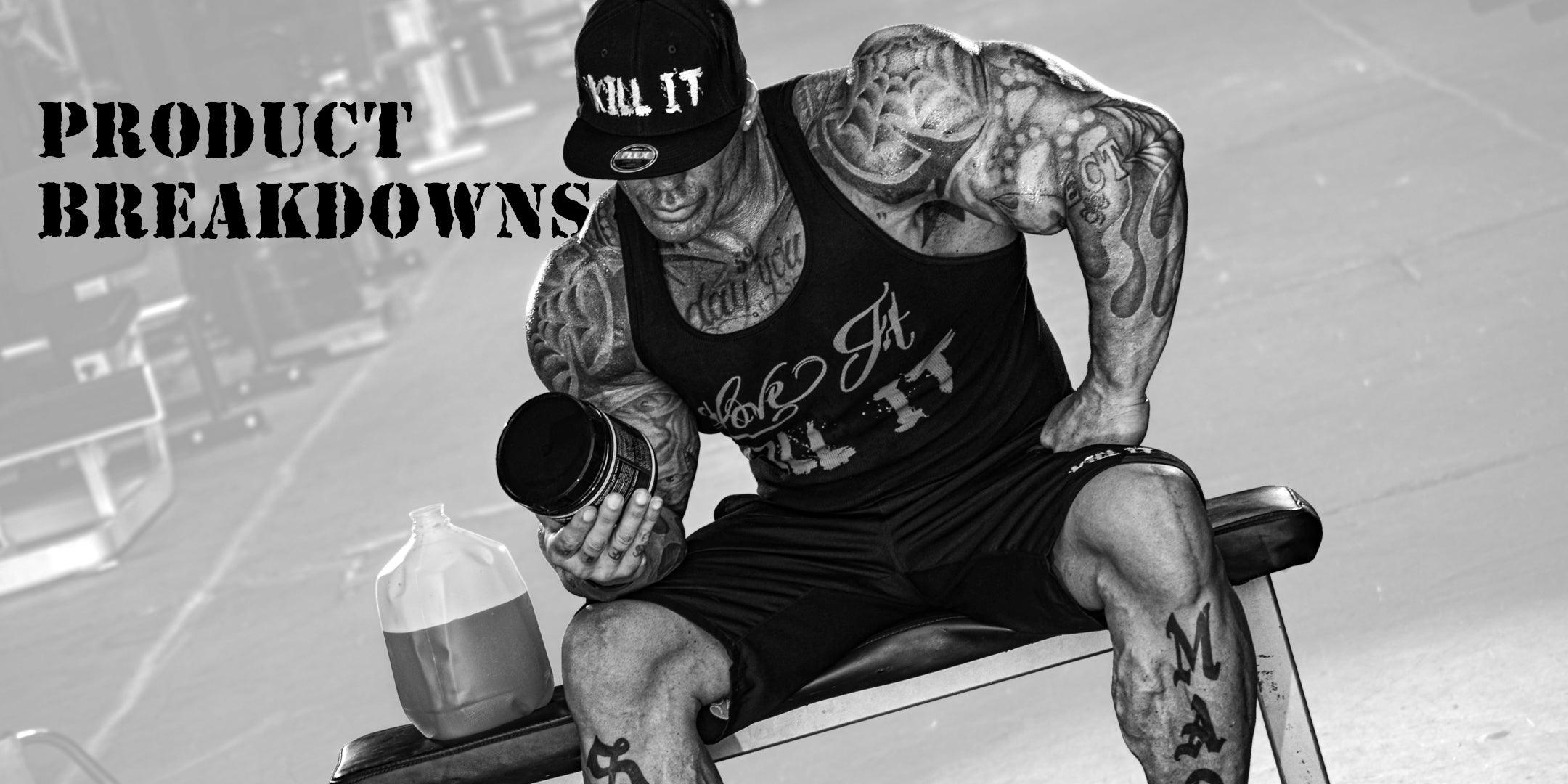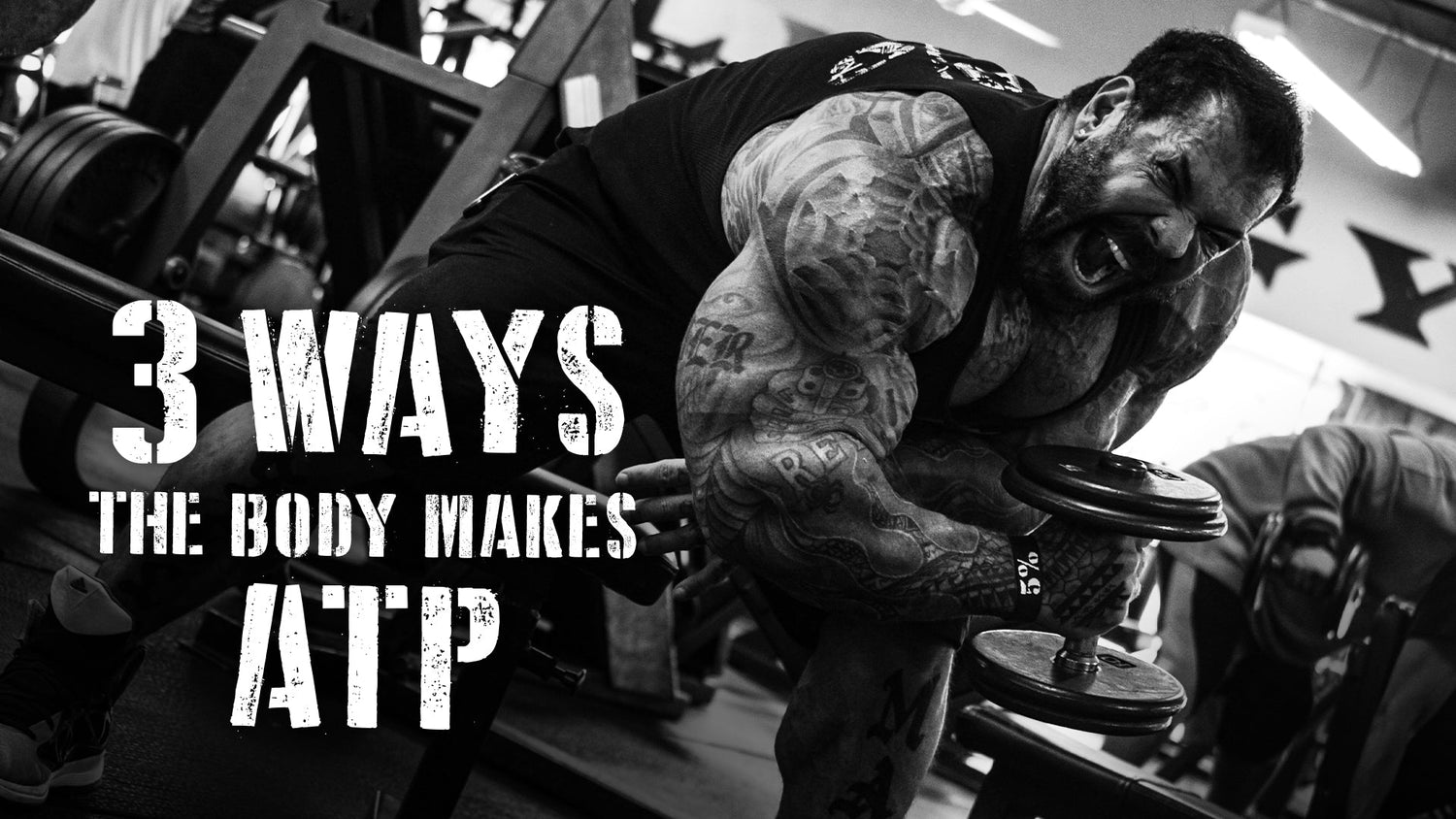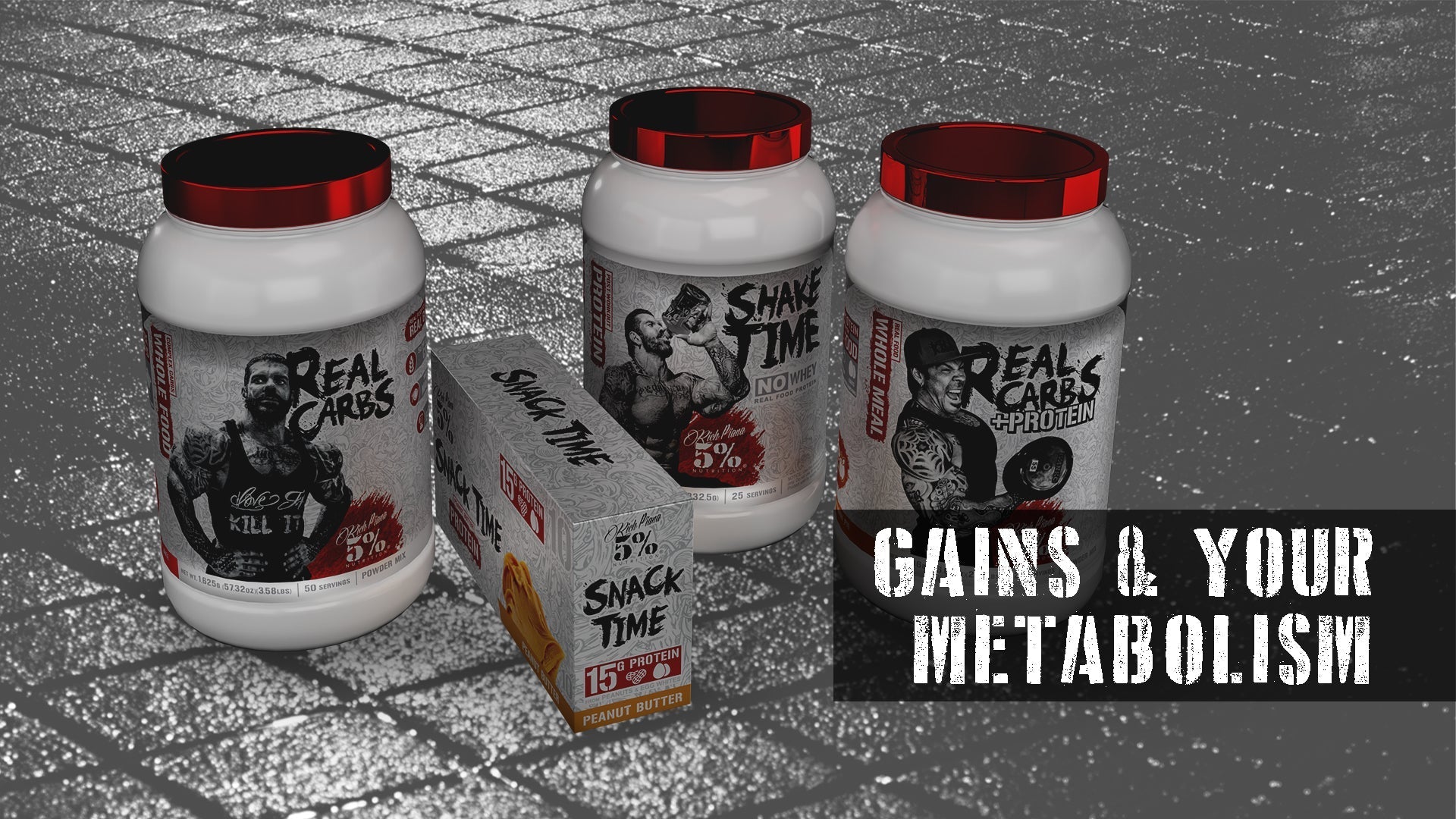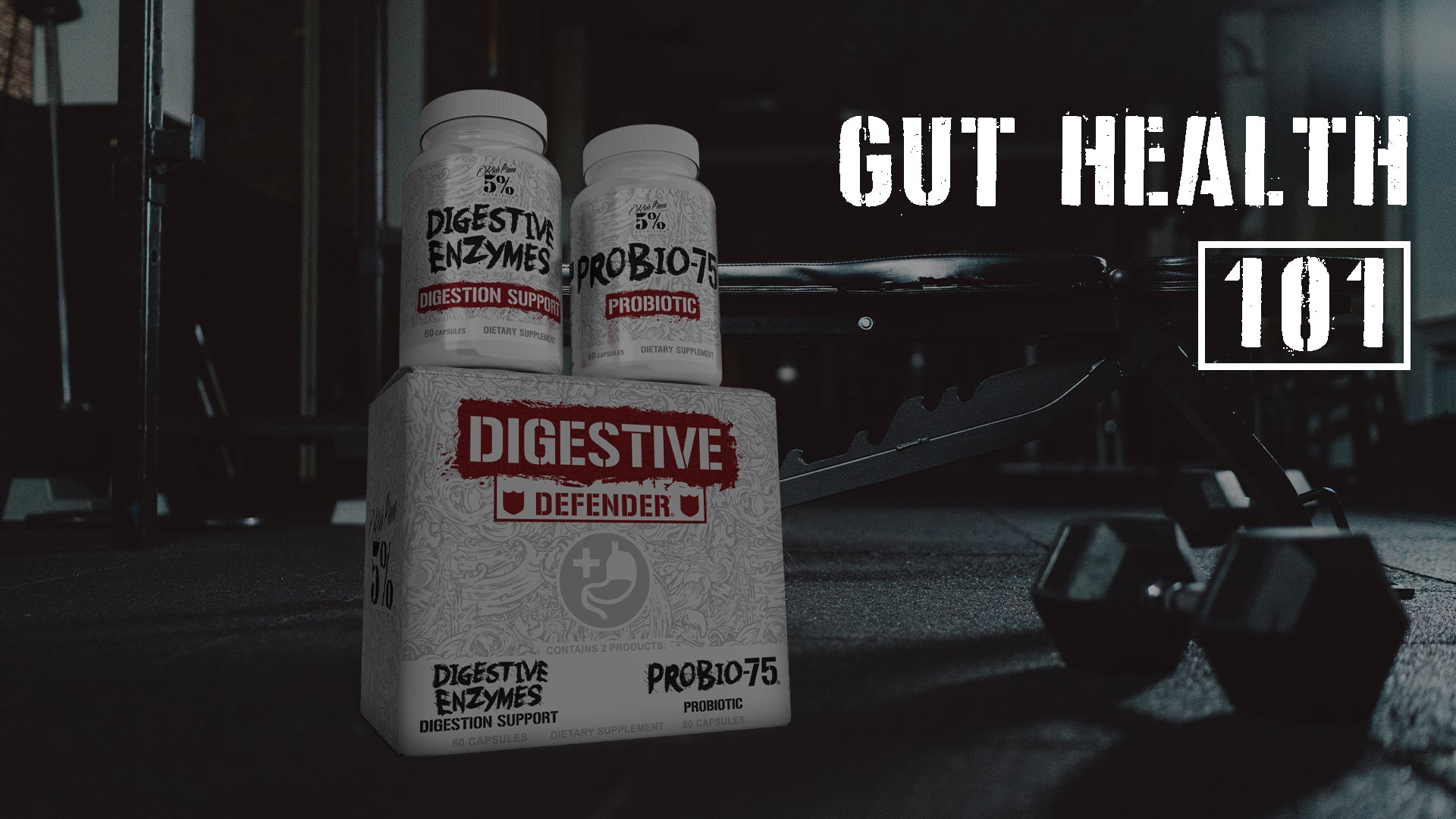Many people might think the energy needed to work out comes from their 5% pre-workout. There’s no question about it, you’ll get a kick of caffeinated energy from Kill It, Kill It Reloaded, and 5150. But that’s not what your muscles use for energy. Muscular energy uses something else entirely - ATP. Chances are, you’ve at least heard of it, but perhaps you don’t fully understand it. In this article, we’ll take a closer look and discover the 3 Ways The Body Makes ATP.
What Is ATP?
ATP, or Adenosine Triphosphate, is a chemical substance that’s commonly referred to as the “energy currency” of the cell. It is responsible for most of the cellular processes of the body.
ATP consists of adenosine and 3 phosphate molecules. In order to generate energy, a single phosphate molecule breaks off. When this happens, ATP converts into ADP, or Adenosine Diphosphate. This causes the chemical reaction that generates a burst of muscular energy.
ADP can be regenerated back to ATP. In fact, these 2 molecules can recycle continually in order to provide a steady supply of ATP. You should remember that, while there are other compounds involved, ultimately all muscular contractions come down to ATP.
The 3 Ways The Body Makes ATP
There are 3 primary systems the body uses to create ATP. Your body can use them one at a time, or simultaneously, depending on what you’re doing.
The Phosphagen System
This is the quickest way the body makes ATP. The Phosphagen System fuels short, high-intensity exercise for the first 10 seconds. It uses creatine phosphate that’s already stored in the muscles to create ATP. An example of this System in action might be the first 3 reps of a heavy set of squats or bench presses.
What fuels the rest of your set and your workout? Let’s find out.
Glycolysis
The process of Glycolysis fuels your workout for up to 2 minutes. Glycolysis takes over for the Phosphagen System and uses carbohydrates as glucose and glycogen, which you might know as the stored form of glucose. These are broken down to form pyruvate. From there, pyruvate can be used for lactate or energy by generating more ATP. As you perform your set, and the demand for oxygen increases, lactate or lactic acid is formed. This brings you to the point of failure and effectively ends your set.
What about long-duration, low-intensity activity? The answer to that is next.
The Oxidative System
This is also known as the Aerobic System. Unlike the other Systems, it’s entirely dependent on oxygen, and it’s the most complicated energy system. Both carbohydrates and fat are used for energy. When carbohydrates are used, pyruvate forms Acetyl CoA. When stored fat is used, it’s broken down into free fatty acids and carried to the mitochondria. This is where it’s then burned as energy.
This is the System that fuels your daily activity. Since the need for energy is low, your body generates ATP through the following ways.
Krebs Cycle or Citric Acid Cycle
The Krebs cycle is a series of chemical reactions that use glucose and glycolysis substances, known as electrons, to generate more ATP.
Electron Transport Chain
As glycolysis by-products are used in the Krebs cycle, more electrons are produced. These electrons are then used to produce more ATP.
Beta Oxidation
This is the process of fatty acid conversion into Acetyl CoA, which is then used in the Krebs Cycle to generate ATP.(1,2)
What About Protein?
It’s important to note that protein is only used as part of this energy process as an absolute last resort. Therefore, protein plays a minor role in energy creation. So, when you see ads for protein products that tout protein's effect on energy, understand that those ads are misguided. Leave it to 5% to focus on the truth, and skip the hype of misguided ads.
Applying This Information To Your Training Program
Supplements & Nutrition
Creatine supports ATP production, so products such as Crea-TEN or Core Creatine Monohydrate should be part of your supplement program. Of course, creatine has numerous other benefits that make it a foundational supplement. Beta Alanine, as found in the 5% pre-workouts, buffers lactic acid. This will allow you to extend your sets. Also, Liquid L-Carnitine 3150 helps the body transport stored fat for energy. Of course, Real Carbs and Real Carbs Rice provide food-sourced quality carbohydrates.
This leads to your nutritional plan, and it’s clear - eat carbs in the hours leading up to and after your workouts. Fast carbs are the carbs of choice 1-2 hours before you train and as part of your post-workout shake.
During recovery, choose slower-burning carbs. It’s when you deprive yourself of carbs that your workouts suffer due to lack of muscular energy. A major key to successful workouts is to use these nutritional and supplement guidelines to optimize the 3 ways the body makes ATP to give yourself the energy you need to Kill It in the gym.
References:
- Energy Systems in Action — PT Direct ( ptdirect.com)
- Robergs, R.A., & Roberts, S.O. (1997). Exercise Physiology: Exercise, Performance, and Clinical Applications.
